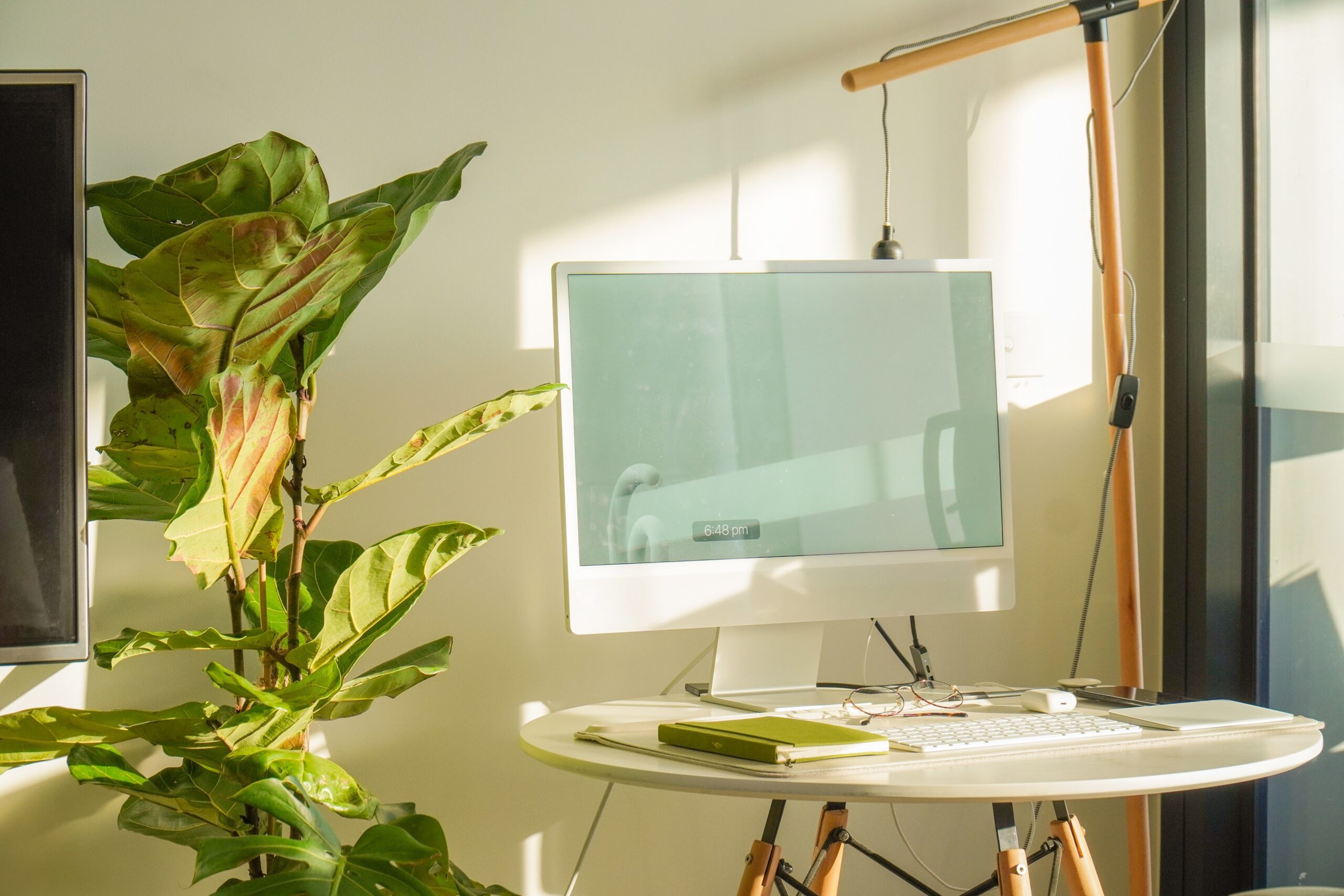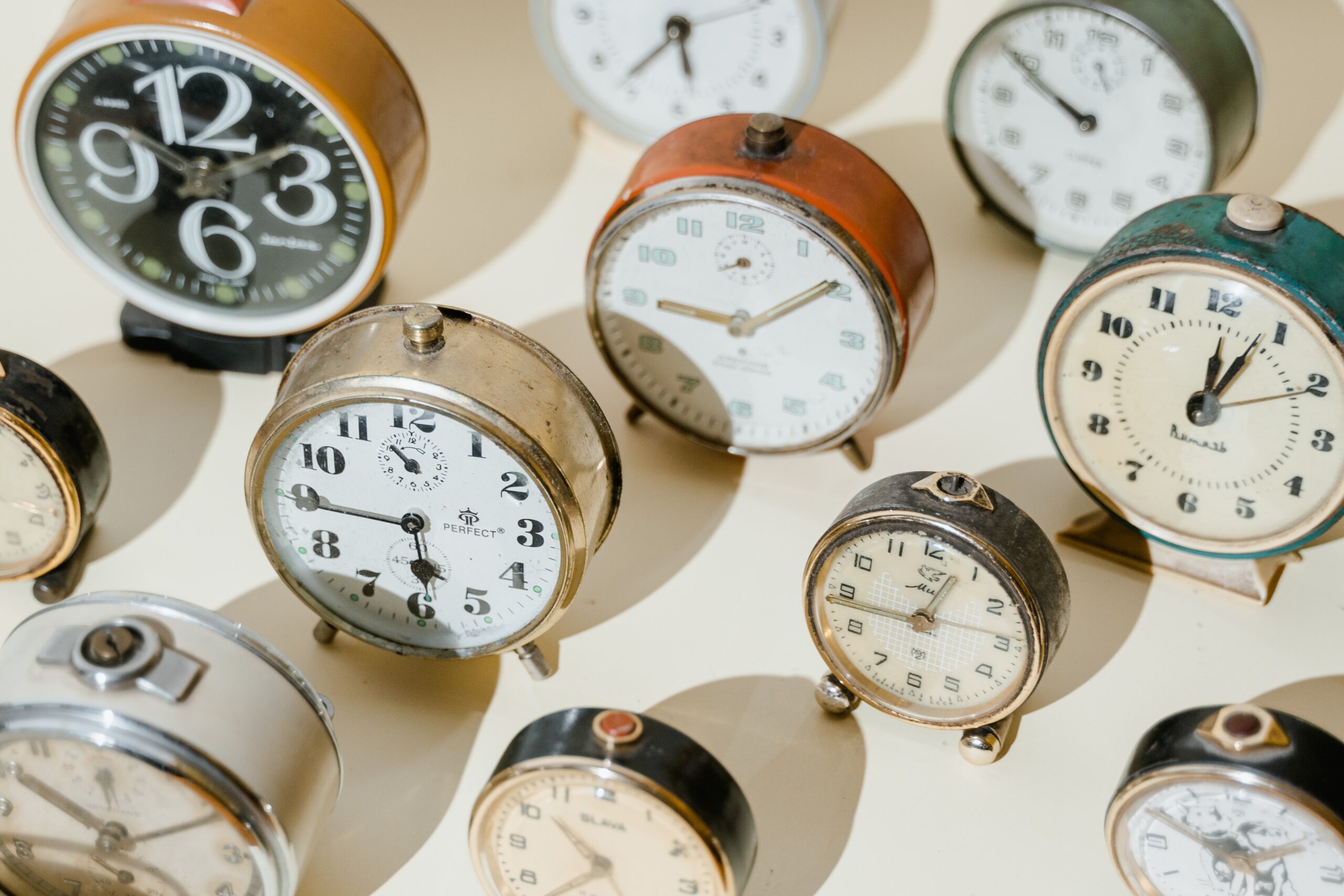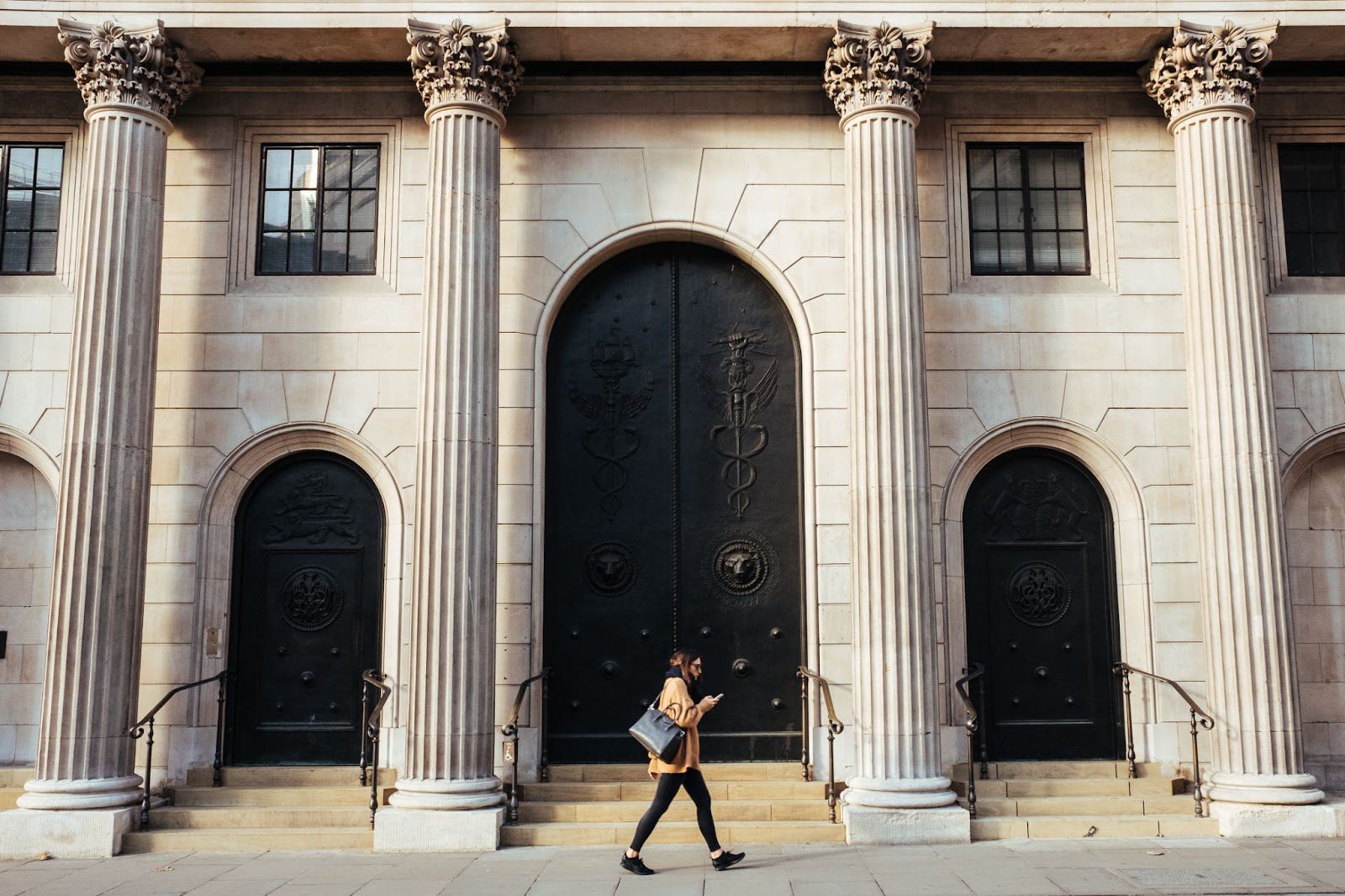A costume
Should you ever find yourself dressing up as a pizza to promote your takeaway food business, can breathe a sigh of relief. You’ll be able to claim for your attire as it clearly constitutes a costume. Other examples include an actor’s costume for a stage production, or a suit for a professional clown or magician.
Personal protective clothing and equipment
The nature of your work might make it necessary to wear protective clothing to protect yourself from injury or infection. For instance, helmets, eyewear, or other equipment. These are an allowable expense.
What clothes can’t you claim for as a business expense?
The common theme here is that you can only claim for clothing that you’re able to demonstrate it’s solely for work. HMRC take a hard line against dual usage in expenses and business costs.
There are some grey areas though, such as with fitness instructors or personal trainers. Some may argue that the clothing they need for work can also be worn for their own personal workouts. This would exclude it from being an allowable expense as far as HMRC are concerned.
If it clearly shows the business logo and branding, and is only worn to teach those particular classes, then it’s allowable. The difficulty here might be proving it one way or another.
Other examples of clothes that you can’t claim for include:
- ‘Everyday’ clothes, even if you know you keep them for work and work only. This could apply to professions such taxi drivers, dog walkers, or freelance wedding photographers who set smart clothes aside for when they’re on duty.
- Your favourite pyjamas and comfiest slippers, just because that’s what you like to wear when you’re working from home.
Can I claim uniform tax relief for previous years?
Yes, uniform tax relief can be claimed for up to the previous four years. This is still the case even if you’ve moved jobs in that time and no longer work for that particular employer.
What is the flat rate claimable for uniform expenses?
A flat rate which employees can claim has been arranged with the government. This makes the process of claiming the relief a lot easier, mainly because it doesn’t rely on you keeping records.
If you’re claiming your expenses using the flat rate, it means you can get a standard set amount every year. How much this will be is dependent on your job title and what industry you work in.
Below we’ve listed some of the main industries that qualify for a flat rate and their 2023/24 rates, or you can find the full list of occupations on the Gov.uk website:
- Agriculture: £100
- NHS staff, including ambulance staff, nurses, midwives, and dental nurses: Up to £185
- Airline staff, including flight attendants and pilots: £1,022
- Heating engineers and plumbers: Up to £120
- Public transport workers, including drivers and conductors: Up to £80
- Builders, carpenters, joiners, or cement workers: Up to £140
- Printing, including bench hands, ink and roller makers and machine minders: Up to £140
- Clothing, including knitters, lace makers and dyers: £60
- Forestry workers: £100
Some occupations can understandably claim for additional pieces of clothing over and above their standard uniform. This is allowed by HMRC and is simply due to the nature of the work staff have to carry out. For example, ambulance staff can claim for specialist uniform while nurses and midwives can claim for socks, tights, and shoes.




